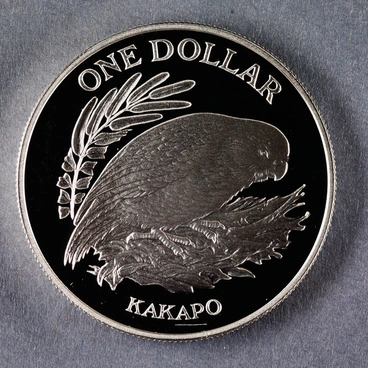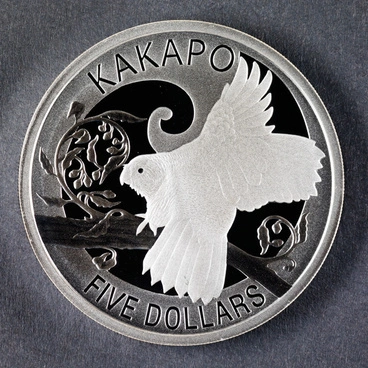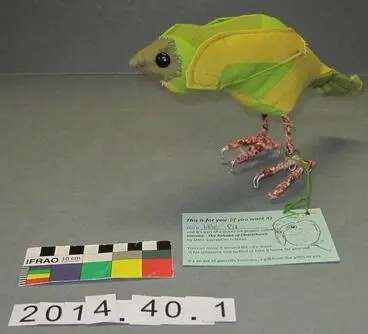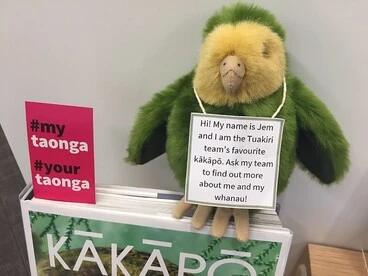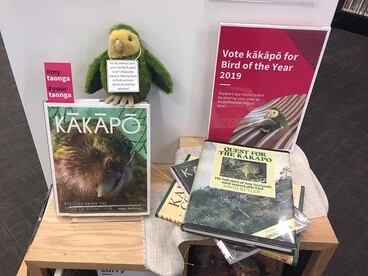Meet kākāpō - NZ bird of the Year 2020
A DigitalNZ Story by Zokoroa
The kākāpō has been crowned winner of Bird of the Year 2020 by the public
And the winner is...
The votes are in! The kākāpō has been crowned winner of Bird of the Year 2020 by the public. This is the parrot's second win, first taking the title in 2008. Bird of the Year is run by Forest & Bird to raise awareness of New Zealand’s unique native birds and the threats they face. See: https://www.birdoftheyear.org.nz/
kākāpō also known as owl parrot
The kākāpō is the world's only flightless parrot and nocturnal parrot. It's name comes from kākā ("parrot") + pō ("night"). It's round face resembles an owl; hence it is also called owl parrot (Strigops habroptilus), which was named by English ornithologist George Robert Gray in June 1845. (Source: Wikipedia: Kākāpō)
Physiology
World's heaviest parrot (0.95-4 kg), 58-64 cm in length, with long tail feathers, short legs, large feet & short wings
Kakapo
Puke Ariki
Skeleton has smallest relative wing size of any parrot; its wing feathers are shorter, more rounded
Kākāpō
iNaturalist NZ — Mātaki Taiao
Feathers are yellowish moss-green mottled with black or dark brownish grey
Kakapo - parrot of the night
Auckland War Memorial Museum Tāmaki Paenga Hira
Although it cannot fly, it is an excellent climber. When on the ground, it moves with a jog-like gait.
Kākāpō juvenile
Manatū Taonga, the Ministry for Culture and Heritage
It can climb trees & descend from branches by leaping and spreading its wings like a parachute
Kakapo
Kete Horowhenua
Kākāpō roost under cover in trees or on the ground during the day & have adapted their senses to moving in darkness
Kākāpō
iNaturalist NZ — Mātaki Taiao
Kākāpō have a well-developed sense of smell & can distinguish between odours while foraging
Kākāpō
iNaturalist NZ — Mātaki Taiao
They have a distinct musty-sweet odour which can alert predators. They freeze when startled to blend into the background
Kākāpō
iNaturalist NZ — Mātaki Taiao
Kākāpō have a variety of calls. As well as the booms, and chings of their mating calls, they will often loudly skraark.
Voice of the Kākāpō 1: Kākāpō - night parrot
Radio New Zealand
Kākāpō are herbivorous, feeding on fruits, seeds, leaves, stems, and rhizomes
Kākāpō feeding
Manatū Taonga, the Ministry for Culture and Heritage
From egg to adult
During the breeding season, males gather in an arena formed by digging one or more saucer-shaped depressions or "bowls" in the ground which they stand in to help to amplify their mating call. They then compete against each other with displays (also known as "'lek") to attract a female - raise feathers, spread wings, raise claws and emit loud, low-frequency "booms" that can travel as far as five kilometres. After 20-30 booms, they'll make a high-pitched metallic "ching" sound; then start the booming and chinging again. This can last for eight hours each night during the 2-4 month breeding season. (See: Wikipedia: Kākāpō)
Breeding occurs in summer or autumn but only if trees have plenty of fruit (rimu has fruit every 2-4 years)
Kakapo breeding season off to a great start: RNZ Checkpoint
Radio New Zealand
Kākāpō are the only flightless bird where males gather & display or 'lek' to attract a female
Kākāpō
Manatū Taonga, the Ministry for Culture and Heritage
A male can breed with more than one female each breeding season
Kakapo, location unidentified
Alexander Turnbull Library
The nest is on the ground under plant cover or in a shallow depression in soil or rotten wood
Kākāpō
iNaturalist NZ — Mātaki Taiao
Female kākāpō lays 1–4 eggs, with several days between eggs
Strigops habroptila
Museum of New Zealand Te Papa Tongarewa
The female raises the chicks on her own and feeds them for three months
Female kākāpō with chick
Manatū Taonga, the Ministry for Culture and Heritage
When the female searches for food, the nest can be left unattended for periods of time
Kiore at kākāpō nest
Manatū Taonga, the Ministry for Culture and Heritage
Chicks become fully feathered at approx 70 days old & leave the nest at approx 10 to 12 weeks of age
Kākāpō and nestlings
Manatū Taonga, the Ministry for Culture and Heritage
Conservation
For an overview of protection initiatives, see Wikipedia: Kākāpō. The kākāpō is now critically endangered. The total known population was 213 (17 September 2019) and 210 (June 2020) - see their list of names on Wikipedia. Most kākāpō are kept on two predator-free islands, Codfish / Whenua Hou (located to the west of Stewart Island) and Anchor (in the Dusky Sound in Fiordland). Little Barrier / Hauturu Island is being trialled as a third home for the species. The kākāpō carry radio transmitters to enable close monitoring. (See https://www.doc.govt.nz/our-work/kakapo-recovery/)
Sirocco is the "Official Spokesbird for Conservation" & is a regular tweeter and has Facebook fans.
Search for Sirocco
Department of Conservation Te Papa Atawhai
Fossil records show kākāpō originally distributed throughout North Island & South Island in pre-Polynesian times
The Unnatural History of the Kākāpō
NZ On Screen
Kākāpō were hunted by Māori as a food source & for its feathers (for clothing), & sometimes kept as pets
Kiwi and kakapo
Museum of New Zealand Te Papa Tongarewa
Predators such as cats, dogs, black rats, ferrets, & stoats introduced during British colonisation almost wiped them out
Black Rat
iNaturalist NZ — Mātaki Taiao
Conservation measures began in 1890s by the Government & Resolution Island in Fiordland became a nature reserve in 1891
Cormorant Cove, Resolution Island
Hocken Collections - Uare Taoka o Hākena, University of Otago
Caretaker Richard Henry (appointed 1894) relocated kiwi & over 200 kākāpō from the mainland over next 6 years
Resolution Island sanctuary for birds; illustrations to report of Mr R Henry, caretaker
Alexander Turnbull Library
By 1900, however, stoats that had swum to Resolution Island wiped out the kākāpō within 6 years
Stoat (Mustela erminea)
Nga Manu Nature Reserve
In 1903, three kākāpō were moved from Resolution Island to Little Barrier Island but feral cats were present
Photograph: Three Kakapo
Canterbury Museum
By the 1920s, the kākāpō was extinct in the North Island and numbers & locations declining in the South Island
Strigops habroptila
Museum of New Zealand Te Papa Tongarewa
New Zealand Wildlife Service carried out expeditions in Fiordland during 1951 - 1956 with no sightings
Fiordland National Park / drawn by the Department of Lands & Survey.
National Library of New Zealand
1958: one was caught & released in Milford Sound; 1961: 6 caught (1 released & 5 died); 1967: 1 caught & died
Kakapo
Hocken Collections - Uare Taoka o Hākena, University of Otago
In 1977, sightings were reported on Stewart Island. During 1982-1997 the birds were transferred to predator-free islands
Kākāpō on Stewart Island
Manatū Taonga, the Ministry for Culture and Heritage
The Kākāpō Recovery Programme was started in 1995 by the NZ Conservation Department
Kakapo Recovery Programme
Radio New Zealand
Conservation efforts continue today by organisations, businesses & individuals
Meet the Locals: Saving the kākāpō
Department of Conservation Te Papa Atawhai
Since 2015, the Kākāpō 125 project has DNA sequenced the genome of all living kākāpō, as well as some museum specimens
Monitoring kākāpō
Manatū Taonga, the Ministry for Culture and Heritage
Feeding a kakapo chick
Department of Conservation Te Papa Atawhai
Dr Jan Wright on NZ's bird heritage and how to protect it
Forest and Bird
The kākāpō carry radio transmitters to enable close monitoring
Daily Chores in Kakapo Management
Radio New Zealand
During 2019, kākāpō were threatened by a deadly fungal disease
Saved kakapo move back to island homes
Radio New Zealand
Youtube video (2019): Surveillance and pest detection work on Whenua Hou (4:40min)
Paws on Patrol — Sandy and Gadget
Department of Conservation Te Papa Atawhai
In Sept 2019 it was reported the kākāpō population was 213, which declined to 210 in June 2020
Kākāpō population hits new high of 213 birds
Radio New Zealand
Artistic images & tributes
Kakapo
Museum of New Zealand Te Papa Tongarewa
Stringops habroptilus. Known today as Kakapo (Strigops habroptilus)
Museum of New Zealand Te Papa Tongarewa
The Kakapo or Owl Parrot
Alexander Turnbull Library
The Kakapo or Owl Parrot Stringops Habroptilus (one-Half Natural Size) Plate 19. From the book: A history of the birds of New Zealand Vol. 1
Museum of New Zealand Te Papa Tongarewa
Reserve Bank of New Zealand 1986 One Dollar Kakapo
Reserve Bank of New Zealand
Reserve Bank of New Zealand 2009 Five Dollars Kakapo
Reserve Bank of New Zealand
'Little Robbie' kākāpō soft sculpture
Museum of New Zealand Te Papa Tongarewa
Soft Sculpture Kakapo: Little Ra
Canterbury Museum
Jem the Tuakiri team adopted Kākāpō
Christchurch City Libraries
Kākāpō were also celebrated as Bird of the Year in 2008
Kākāpō display, Bird of the year
Christchurch City Libraries
Kākāpō came fourth in the inaugural Bird of the Century competition held in Nov 2023, which was won by Pūteketeke
Pūteketeke crowned Bird of the Century
Radio New Zealand
FIND OUT MORE:
Department of Conservation: Kākāpo https://www.doc.govt.nz/nature/native-animals/birds/birds-a-z/kakapo/
Facebook: Kākāpō Recovery https://www.facebook.com/KakapoRecovery/
Facebook: Sirocco Kākāpō https://www.facebook.com/siroccokakapo/
Forest and Bird: Bird of the year https://www.birdoftheyear.org.nz/
New Zealand Birds Online: Kākāpō http://nzbirdsonline.org.nz/species/kakapo
Wikipedia: Kākāpō https://en.wikipedia.org/wiki/Kakapo
Wikipedia: List of kākāpō https://en.wikipedia.org/wiki/List_of_kakapo
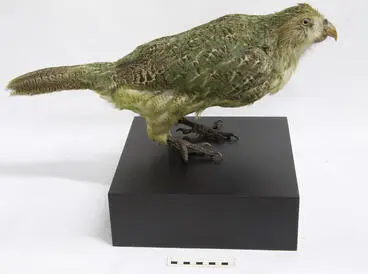
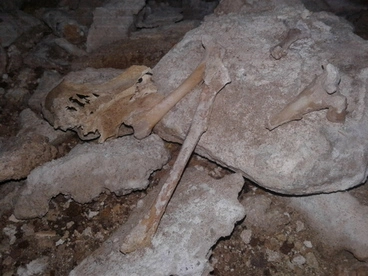


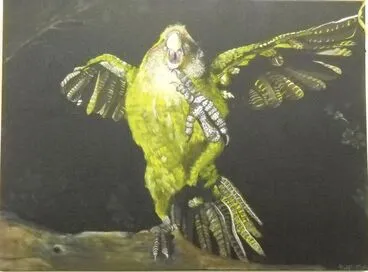
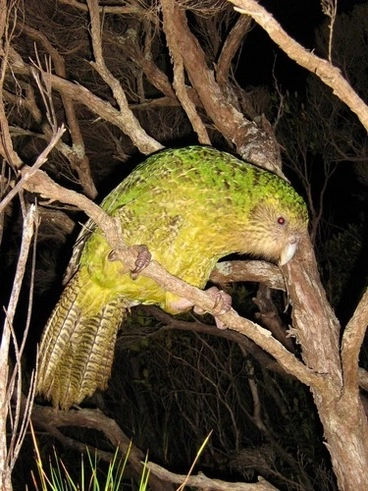
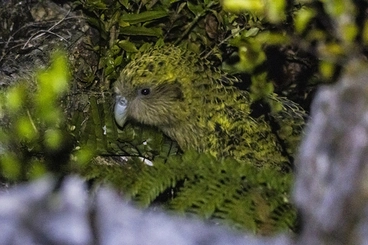
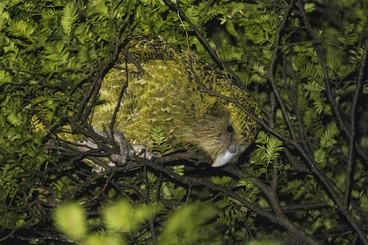




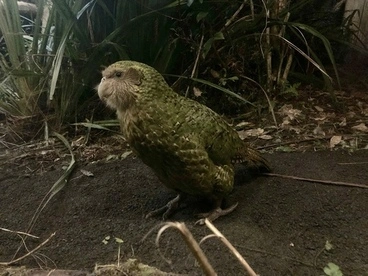




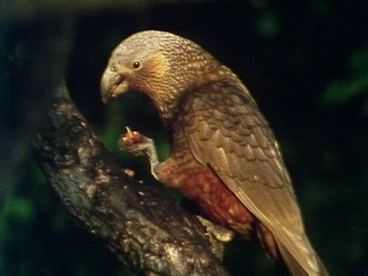
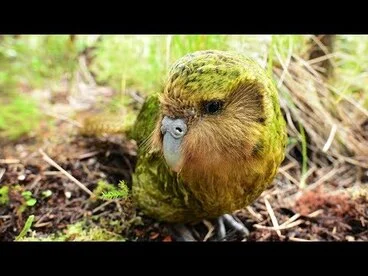
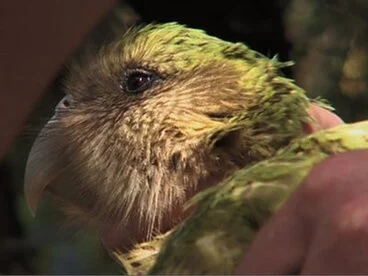
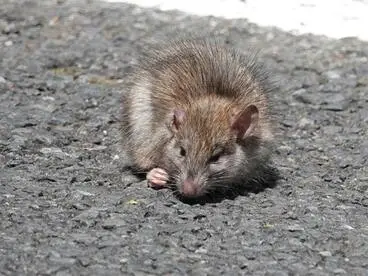
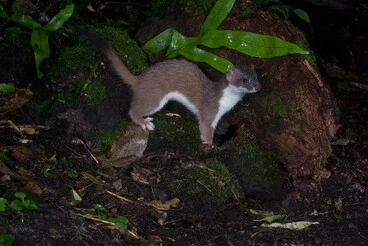
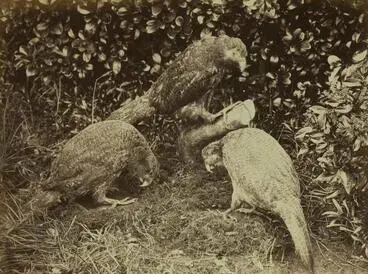

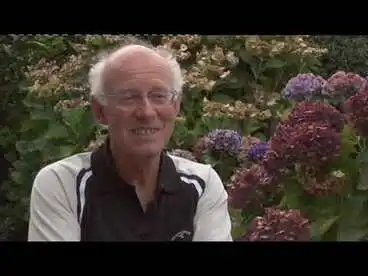

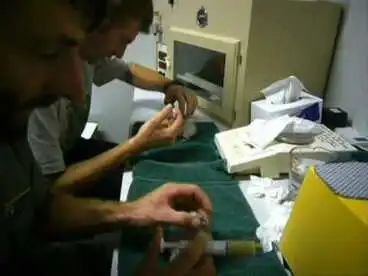
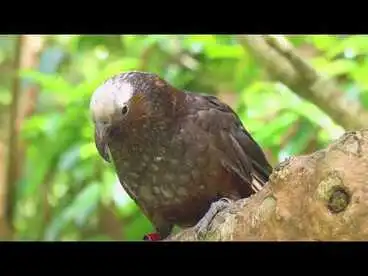
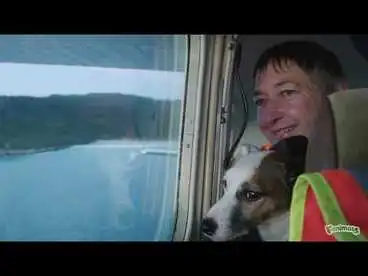
![Keulemans, John Gerrard 1842-1912 :The kakapo or owl parrot. Stringops habroptilus. (One-half natural size). / J. G. Keulemans delt. & lith. [Plate XIX. 1888]. Image: Keulemans, John Gerrard 1842-1912 :The kakapo or owl parrot. Stringops habroptilus. (One-half natural size). / J. G. Keulemans delt. & lith. [Plate XIX. 1888].](https://thumbnailer.digitalnz.org/?resize=770x&src=https%3A%2F%2Flive.staticflickr.com%2F600%2F21476531009_b1c70c56fe_z.jpg&resize=368%253E)
